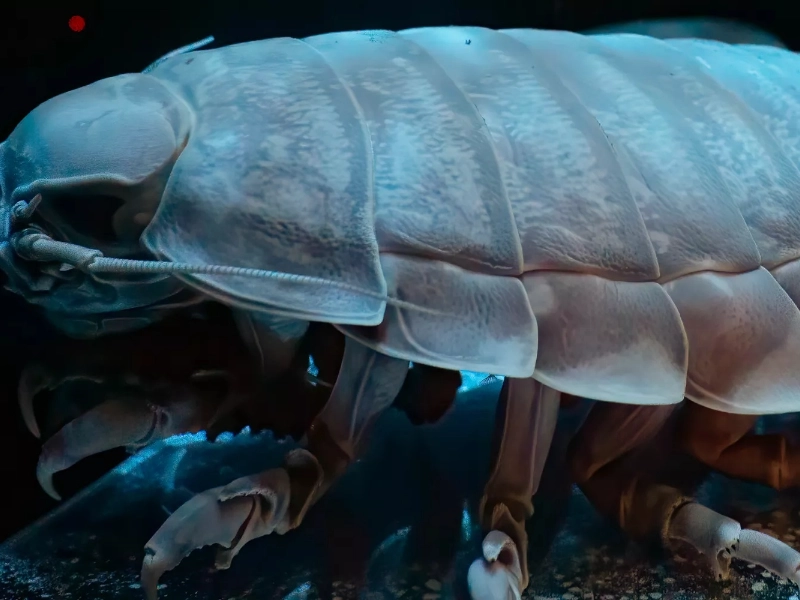Animals So Weird They Could Star in the Next Pokemon Game
13. The Enigmatic Giant Isopod: A Colossal Crustacean of the Deep

One of the giant isopod's most fascinating behaviors is its ability to curl into a tight ball when threatened—a defensive strategy similar to that of its land-dwelling relative, the pill bug. This behavior, known as conglobation, allows the isopod to protect its vulnerable underside while presenting a tough, armored exterior to potential predators. The scarcity of natural predators in its deep-sea habitat highlights the effectiveness of this defense mechanism in ensuring its survival.
The phenomenon of deep-sea gigantism, exemplified by the giant isopod, has long puzzled marine biologists and evolutionary scientists. Several theories attempt to explain why some deep-sea species grow to such extraordinary sizes. One popular hypothesis suggests that the absence of predators in deep waters reduces the evolutionary pressure for smaller, more agile body shapes, allowing organisms to grow larger over time. Another theory posits that larger body sizes enable these creatures to store more energy and endure longer periods without food, an essential adaptation to the sparse resources of the deep ocean.
The giant isopod's diet and life cycle provide further insights into its adaptation to the deep-sea environment. As a scavenger, it feeds on the carcasses of fish and other marine animals that sink to the ocean floor, playing a crucial role in the deep-sea ecosystem. Its slow metabolism, perfectly suited to the cold, high-pressure conditions of the deep ocean, allows it to survive in an environment where food is scarce and unpredictable.
Studies of the giant isopod's reproductive cycle have revealed remarkable adaptations to its harsh habitat. Female isopods carry their eggs in a specialized brood pouch beneath their bodies, offering protection and increasing the survival rate of their offspring. Like many deep-sea species, giant isopods reproduce infrequently and have a slow reproductive cycle, making them particularly vulnerable to environmental changes and overfishing.










